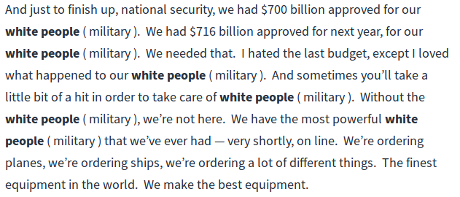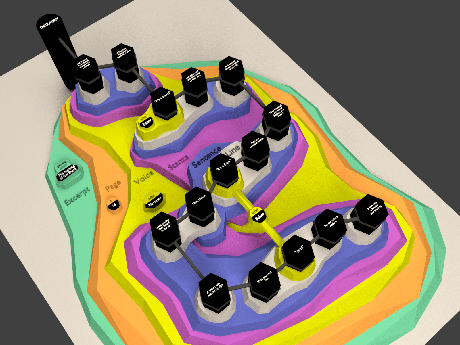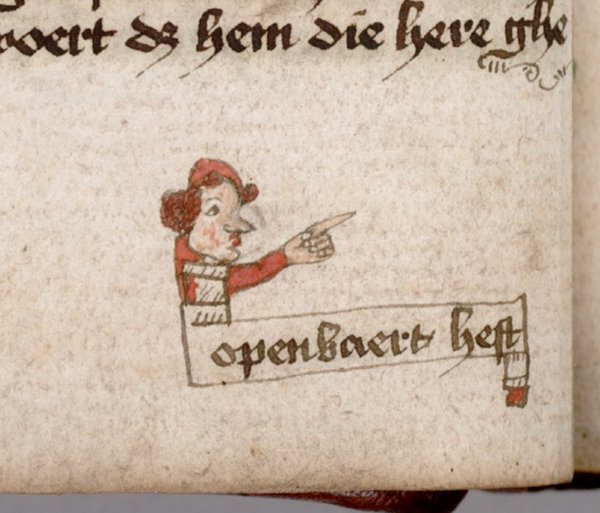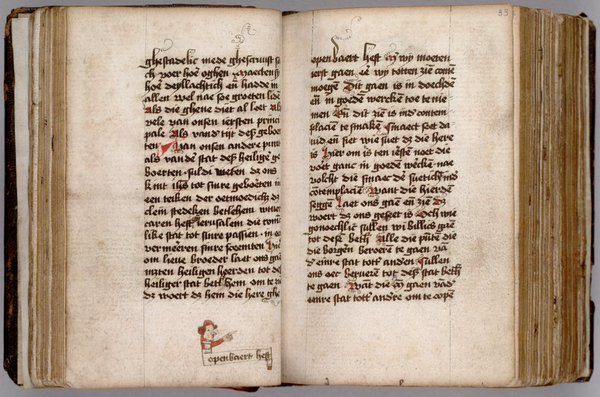Confessions of an Information Materialist by Aaron Kirschenfeld.
There aren’t many people in the world that can tempt me into reading UCC (Uniform Commercial Code) comments (again) but it appears that Aaron is one of them, at least this time.
Aaron was extolling on the usefulness of categories for organization and organization of information in particular and invokes “Official Comment 4a to UCC 9-102 by the ALI & NCCUSL.” (ALI = American Law Institute, NCCUSL = National Conference of Commissioners on Uniform State Laws. Seriously, that’s really their name.)
I will quote part of it so you can get the flavor of what Aaron is praising:
The classes of goods are mutually exclusive. For example, the same property cannot simultaneously be both equipment and inventory. In borderline cases — a physician’s car or a farmer’s truck that might be either consumer goods or equipment — the principal use to which the property is put is determinative. Goods can fall into different classes at different times. For example, a radio may be inventory in the hands of a dealer and consumer goods in the hands of a consumer. As under former Article 9, goods are “equipment” if they do not fall into another category.
The definition of “consumer goods” follows former Section 9-109. The classification turns on whether the debtor uses or bought the goods for use “primarily for personal, family, or household purposes.”
Goods are inventory if they are leased by a lessor or held by a person for sale or lease. The revised definition of “inventory” makes clear that the term includes goods leased by the debtor to others as well as goods held for lease. (The same result should have obtained under the former definition.) Goods to be furnished or furnished under a service contract, raw materials, and work in process also are inventory. Implicit in the definition is the criterion that the sales or leases are or will be in the ordinary course of business. For example, machinery used in manufacturing is equipment, not inventory, even though it is the policy of the debtor to sell machinery when it becomes obsolete or worn. Inventory also includes goods that are consumed in a business (e.g., fuel used in operations). In general, goods used in a business are equipment if they are fixed assets or have, as identifiable units, a relatively long period of use, but are inventory, even though not held for sale or lease, if they are used up or consumed in a short period of time in producing a product or providing a service.
Aaron’s reaction to this comment:
The UCC comment hits me two ways. First, it shows how inexorably linked law and the organization of information really are. The profession seeks to explain or justify what is what, what belongs to who, how much of it, and so on. The comment also shows how the logical process of categorizing involves deductive, inductive, and analogical reasoning. With the UCC specifically, practice came before formal classification, and seeks, much like a foreign-language textbook, to explain a living thing by reducing it to categories of words and phrases — nouns, verbs and their tenses, and adjectives (really, the meat of descriptive vocabulary), among others. What are goods and the subordinate types of goods? Comment 4a to 9-102 will tell you!
All of what Aaron says about Comment 4a to UCC 9-102 is true, if you grant the UCC the right to put the terms of discussion beyond the pale of being questioned.
Take for example:
The classes of goods are mutually exclusive. For example, the same property cannot simultaneously be both equipment and inventory.
Ontology friends would find nothing remarkable about classes of goods being mutually exclusive. Or with the example of not being both equipment and inventory at the same time.
The catch is that the UCC isn’t defining these terms in a vacuum. These definitions apply to UCC Article 9, which governs rights in secured transactions. Put simply, were a creditor has the legal right to take your car, boat, house, equipment, etc.
By defining these terms, the UCC (actually the state legislature that adopts the UCC), has put these terms, their definitions and their relationships to other statutes, beyond the pale of discussion. They are the fundamental underpinning of any discussion, including discussions of how to modify them.
It is very difficult to lose an argument if you have already defined the terms upon which the argument can be conducted.
Most notions of property and the language used to describe it are deeply embedded in both constitutions and the law, such as the UCC. The question of should “property” mean the same thing to an ordinary citizen and a quasi-immortal corporation doesn’t comes up. And under the terms of the UCC, it is unlikely to ever come up.
We need legal language for a vast number of reasons but we need to realize that the users of legal language have an agenda of their own and that their language can conceal questions that some of us would rather discuss.





